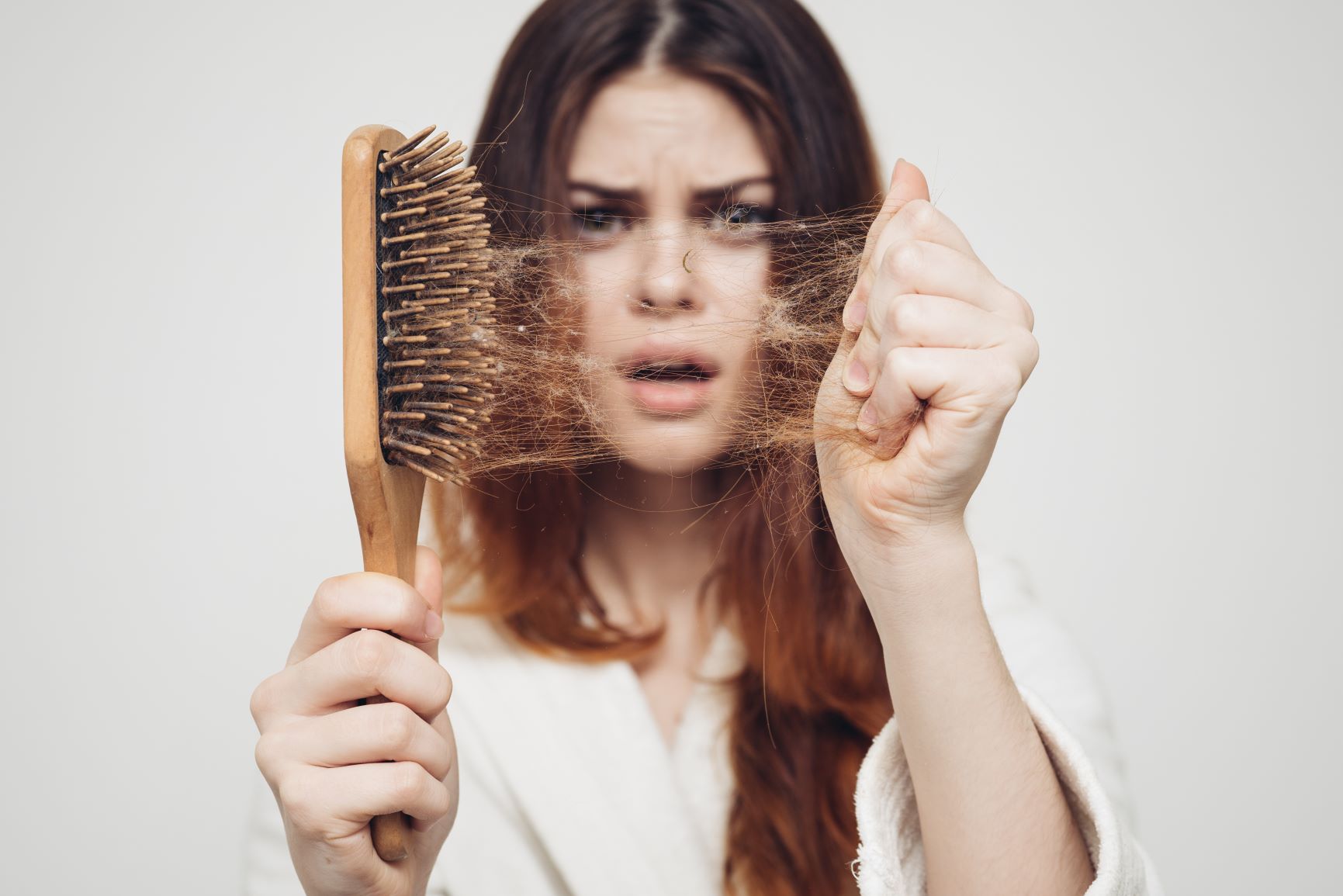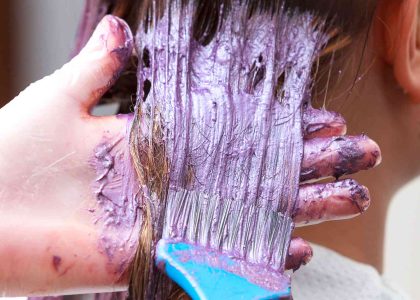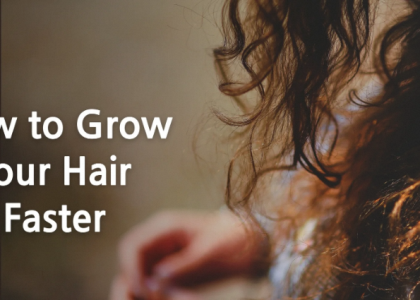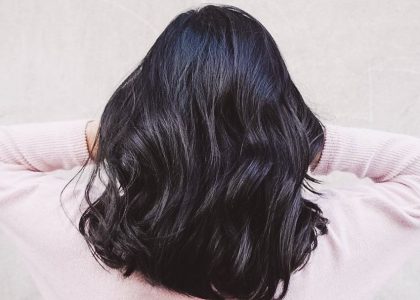Thinning Hair in Women: Understanding and Addressing Hair Loss
Thinning hair is a common concern for many women, affecting millions worldwide. It can be a gradual process or a sudden change, impacting your scalp, eyebrows, or other areas. While hair loss is a natural part of aging, excessive thinning can be a source of distress. Understanding the reasons behind thinning hair empowers you to explore solutions and potentially slow down the process.
Why Does Hair Thin? Exploring the Causes
Several factors can contribute to thinning hair in women, and some are more common than others. Here’s a breakdown of the leading causes:
1. Androgenetic Alopecia (Female Pattern Hair Loss): This is the most common cause, affecting up to 30 million women in the U.S. Genetics play a role, and it’s often triggered by hormonal changes, such as those occurring after menopause.
2. Hormonal Fluctuations: Changes in hormone levels throughout life, including pregnancy, childbirth, and menopause, can disrupt the hair growth cycle and lead to temporary or permanent thinning.
3. Medical Conditions and Treatments: Certain medical conditions and their treatments can cause hair loss. These include thyroid disorders, polycystic ovary syndrome (PCOS), autoimmune diseases like lupus, and medications like chemotherapy drugs.
4. Stress: Severe physical or emotional stress can disrupt the hair growth cycle and trigger temporary hair loss.
5. Nutritional Deficiencies: Deficiencies in iron, vitamin D, biotin, or other essential nutrients can contribute to hair loss. Maintaining a balanced diet is crucial for healthy hair growth.
6. Hairstyles and Hair Care Practices: Tight hairstyles that pull on the hair follicles (like cornrows or tight ponytails) can lead to traction alopecia, a type of hair loss. Harsh chemical treatments, excessive heat styling, and improper hair care practices can also damage hair and contribute to breakage and thinning.
Recognizing the Signs of Thinning Hair: Early Detection is Key
While noticing hair loss can be alarming, recognizing the early signs allows you to address the issue promptly and potentially slow down the process. Here’s a deeper exploration of the signs to watch out for, categorized by their location and characteristics:
On the Scalp:
- Visible hair loss: Look for patches of baldness or thinning, particularly on the crown, temples, or frontal hairline. These areas are commonly affected by female pattern hair loss.
- Widening part line: The part line is the natural division of hair on your scalp. If you notice a gradual widening of this part line, it could indicate hair loss.
- Reduced ponytail size: If your ponytail feels noticeably thinner or has less volume than usual, it might be a sign of overall hair loss.
Hair Quality:
- Excessive shedding: Losing 50-100 hairs per day is considered normal. However, if you consistently lose more than this amount, particularly when brushing, showering, or styling your hair, it could indicate thinning.
- Changes in texture: Hair may become thinner, finer, or more brittle than usual. This can make it feel dry, easily tangled, or prone to breakage.
- Reduced hair growth: Pay attention to the rate at which your hair grows. If you notice a significant slowing down of growth, it might be a sign of hair loss.
Additional Signs:
- Receding hairline: While less common in women than men, a slightly receding hairline can sometimes occur with female pattern hair loss.
- Increased scalp visibility: As hair density decreases, your scalp may become more visible through your hair, especially in areas with thinning.
- Sudden hair loss: While gradual thinning is more common, experiencing a sudden and noticeable loss of hair clumps can indicate a different cause, such as stress or a medical condition.
Addressing Thinning Hair: Exploring Solutions
There’s no one-size-fits-all solution for thinning hair. The best approach depends on the underlying cause and the severity of hair loss. Here are some common options:
- Medications: Minoxidil (Rogaine) is an FDA-approved topical medication that can help stimulate hair growth in women with female pattern hair loss.
- Hair Transplant Surgery: This surgical procedure involves transplanting hair follicles from a donor area of the scalp to a bald or thinning area.
- Low Level Laser Therapy (LLLT): This non-invasive treatment uses low-level laser beams to stimulate hair growth. While research is ongoing, it may offer some potential for women experiencing hair loss.
- Platelet-Rich Plasma (PRP) Therapy: This treatment involves injecting a concentration of your own platelets into the scalp to stimulate hair growth. While more research is needed, it shows promise as a potential future option.
- Dietary Changes: Ensuring adequate levels of essential nutrients like iron, vitamin D, and biotin can support healthy hair growth.
- Stress Management: Finding healthy ways to manage stress may help reduce temporary hair loss triggered by stress.
- Gentle Hair Care Practices: Using gentle shampoos and conditioners, avoiding harsh chemical treatments, and minimizing heat styling can help prevent hair damage and breakage.
Remember: It’s crucial to consult with a healthcare professional before starting any hair loss treatment to determine the best approach for your individual situation.
Living with Thinning Hair: Maintaining Confidence and Well-being
Here are some strategies to embrace and feel empowered despite thinning hair:
Focus on what you can control: While you may not be able to completely stop hair loss, you can focus on the aspects within your control. This includes:
- Maintaining healthy habits: Eating a balanced diet rich in essential nutrients, getting adequate sleep, and managing stress are crucial for overall health and can indirectly support scalp and hair health.
- Adopting gentle hair care practices: Using gentle shampoos and conditioners, minimizing heat styling, and avoiding harsh chemicals can help prevent further damage and breakage.
- Exploring treatment options: Consulting a dermatologist to explore potential treatment options, such as medications, hair loss treatments, or surgical procedures, empowers you to take an active role in managing the situation.
Embrace your natural beauty: Hair loss doesn’t define your beauty. Experiment with different hairstyles that flatter your face shape and hair type:
- Haircuts with volume: Layered haircuts can add texture and body, creating the illusion of thicker hair.
- Shorter styles: Shorter styles can work well for thinning hair, offering a modern and manageable look.
- Styling techniques: Utilizing styling techniques like blow-drying with volume, using volumizing products, or adding texture sprays can create the illusion of fullness.
Connect with others: Talking to friends, family, or support groups can be incredibly helpful. Sharing your experiences can provide a sense of community and understanding, and others may offer valuable advice or support.
Seek professional help: If hair loss is significantly impacting your self-esteem and well-being, consider seeking professional help from a therapist or counselor. They can provide tools and strategies to cope with the emotional challenges associated with hair loss and help you develop a positive self-image that goes beyond your hair.




